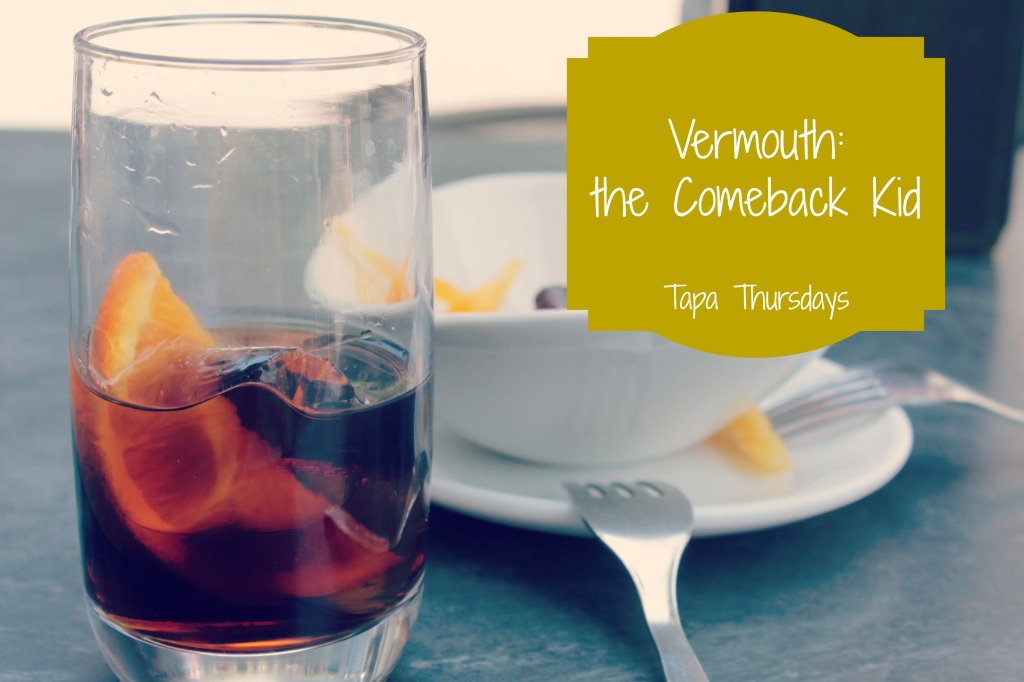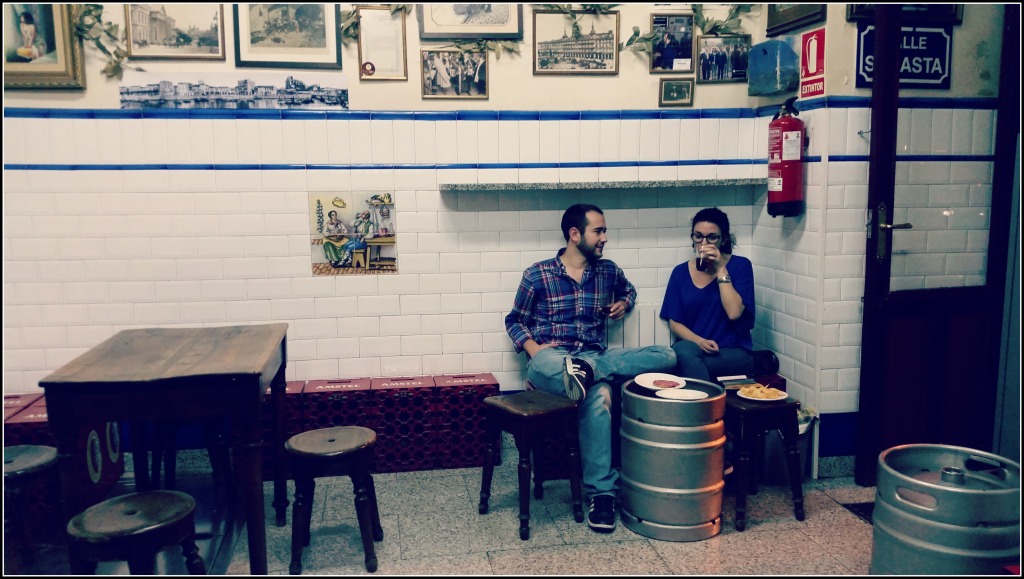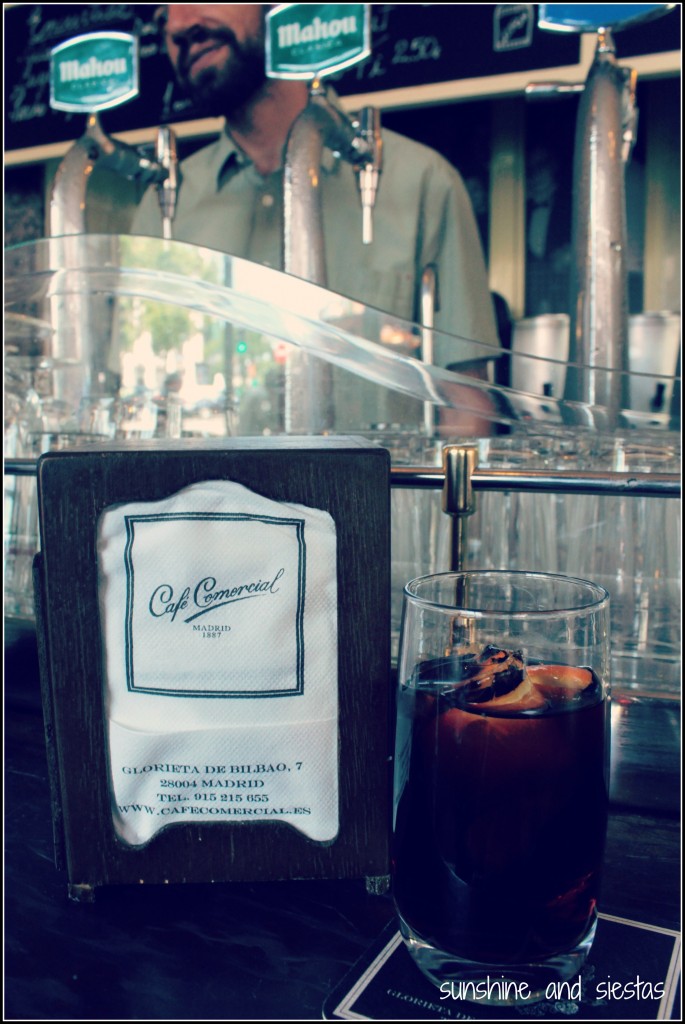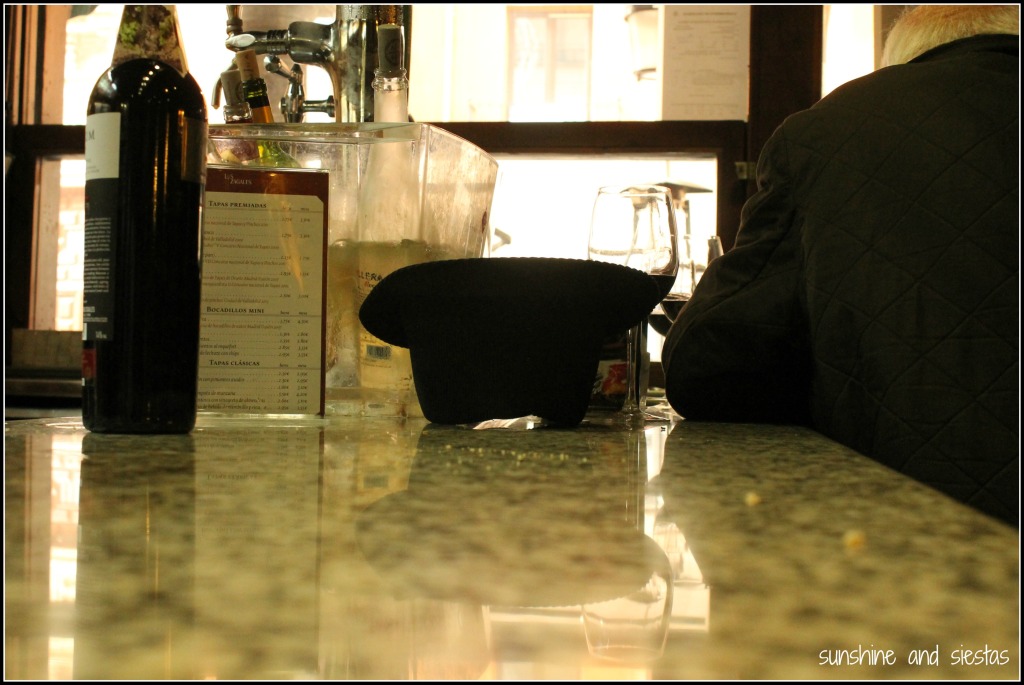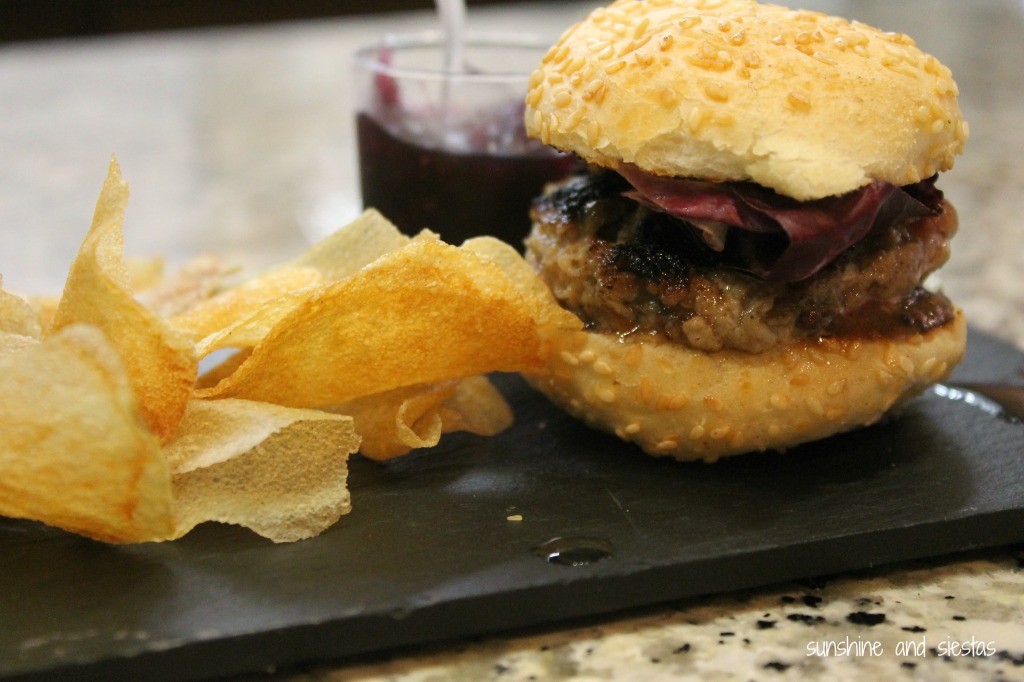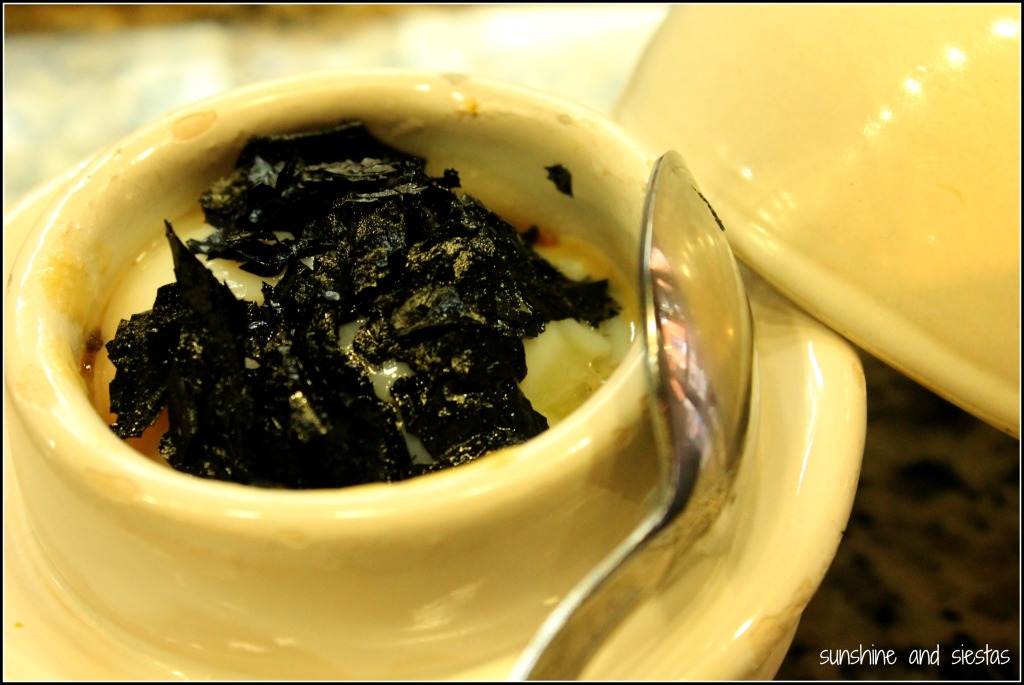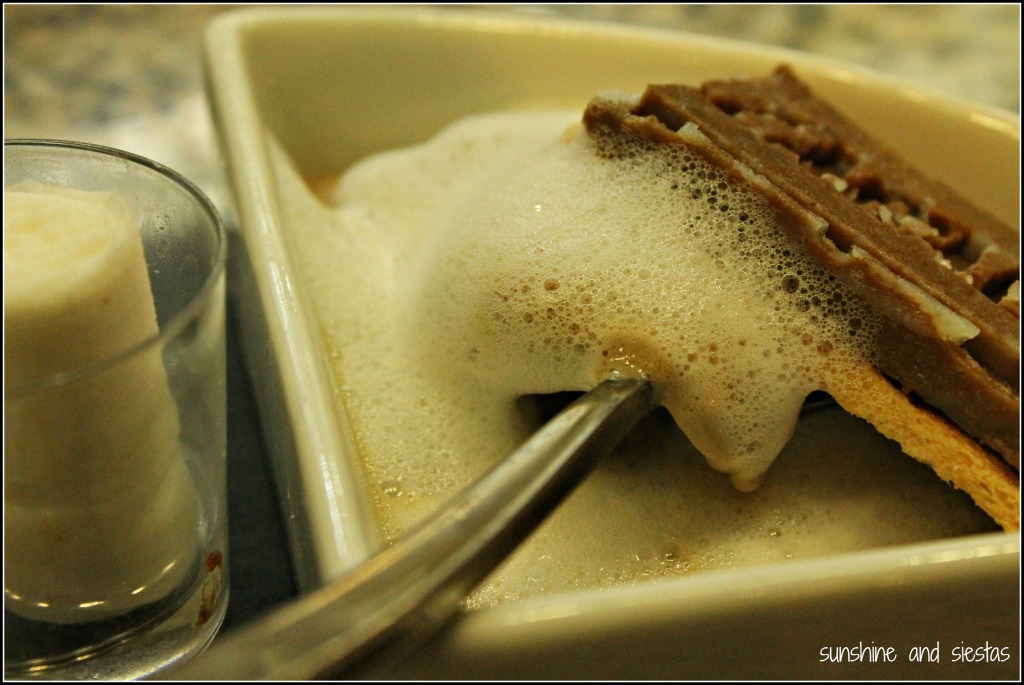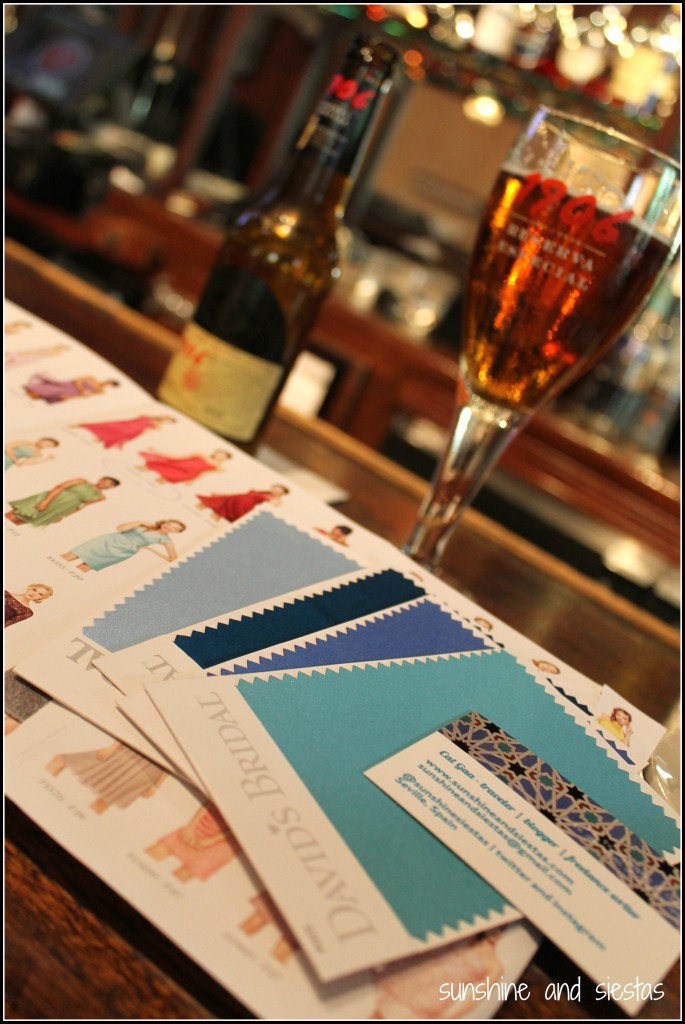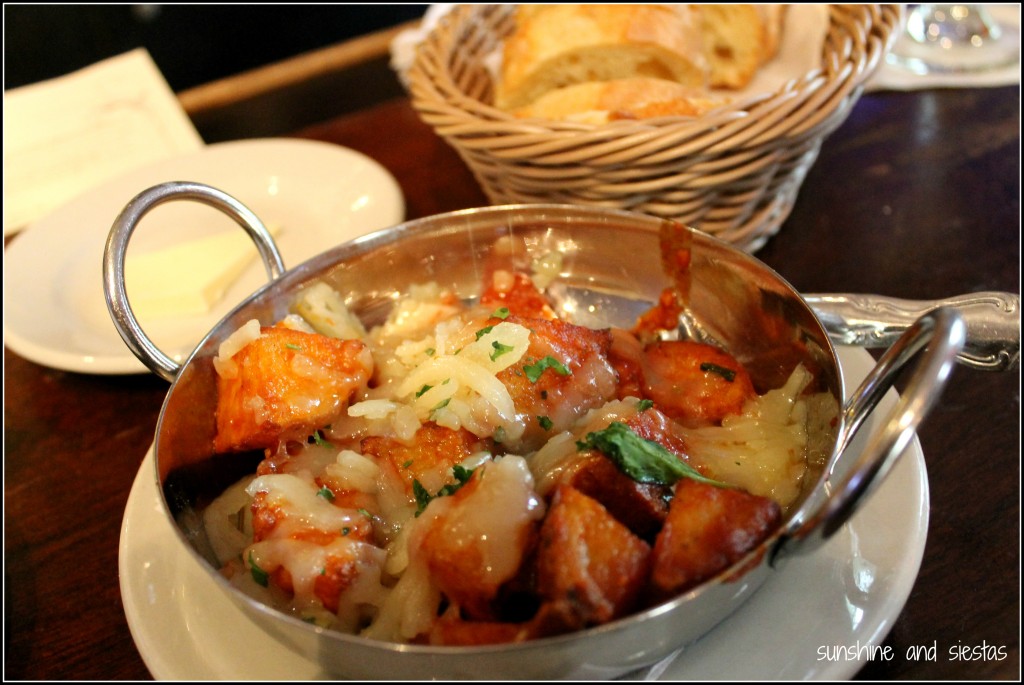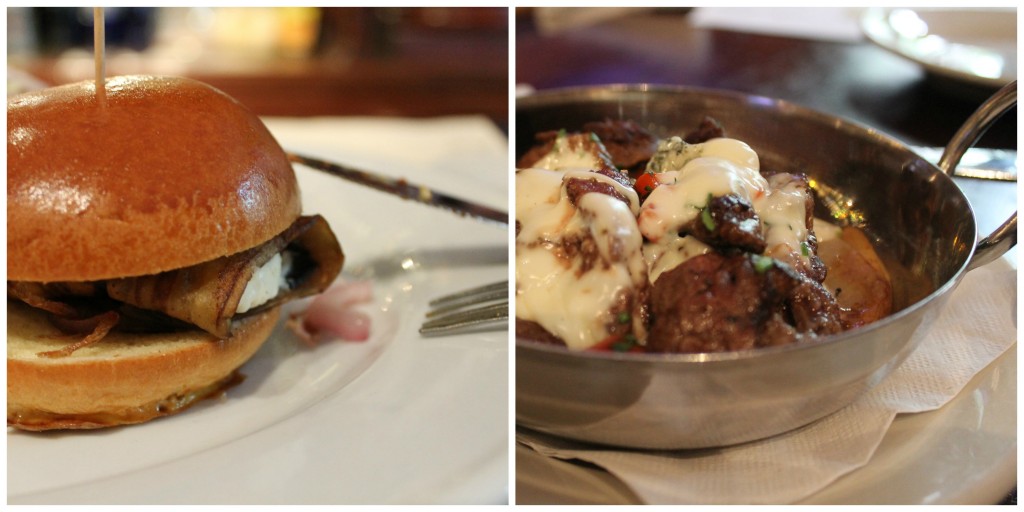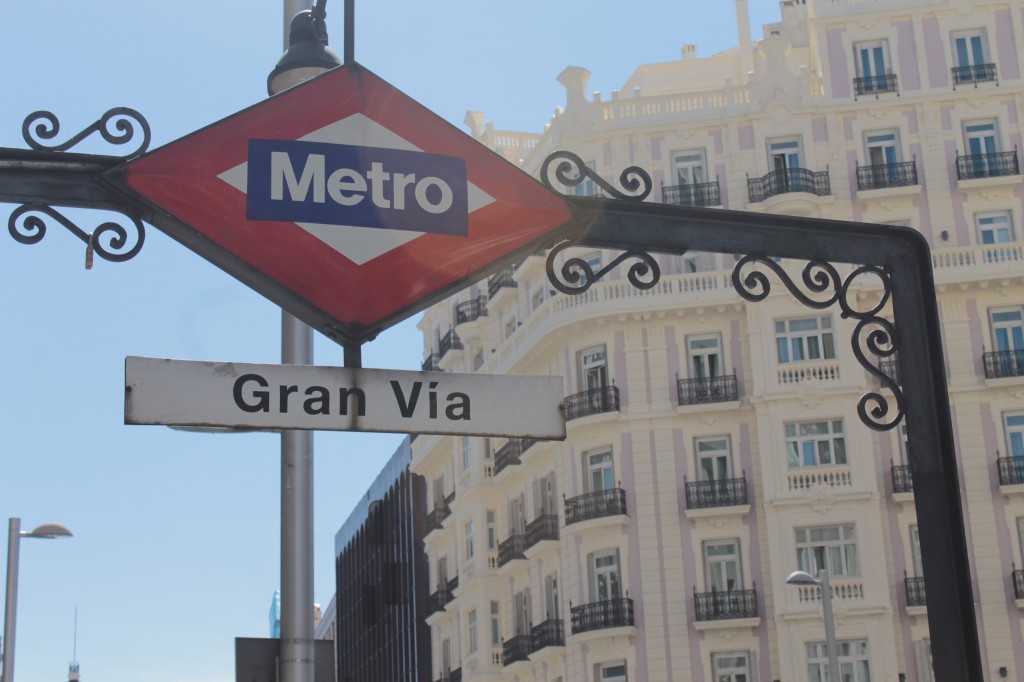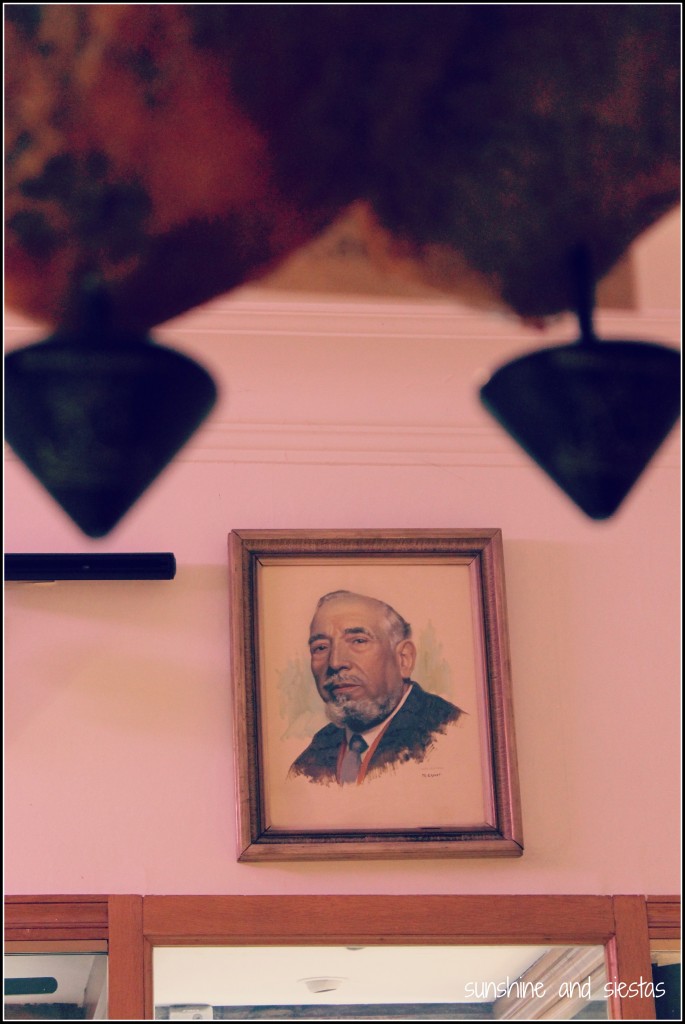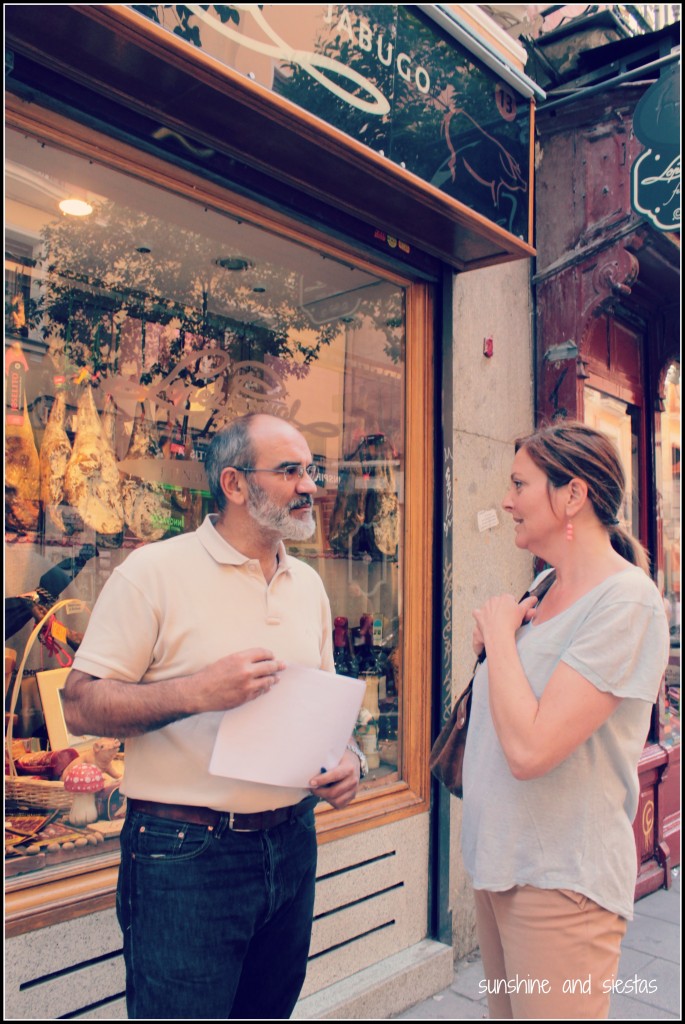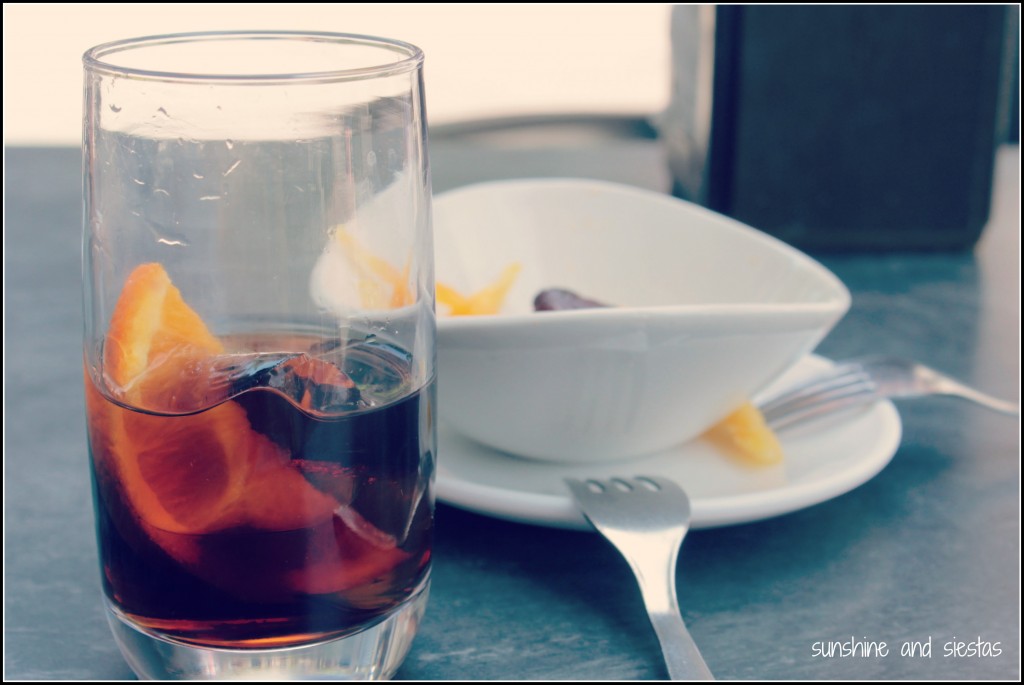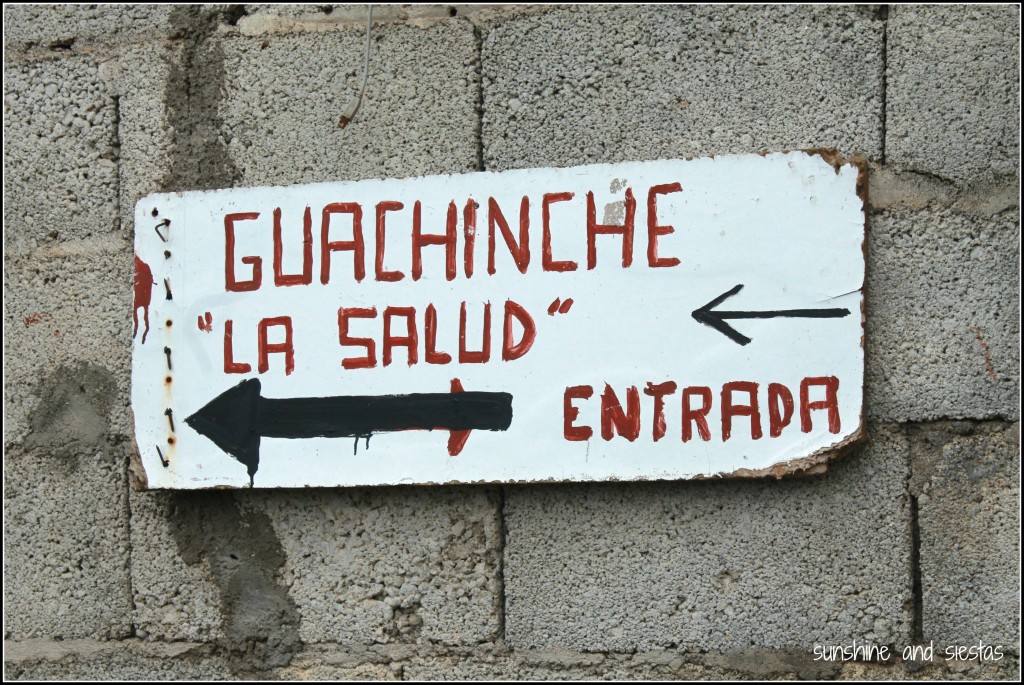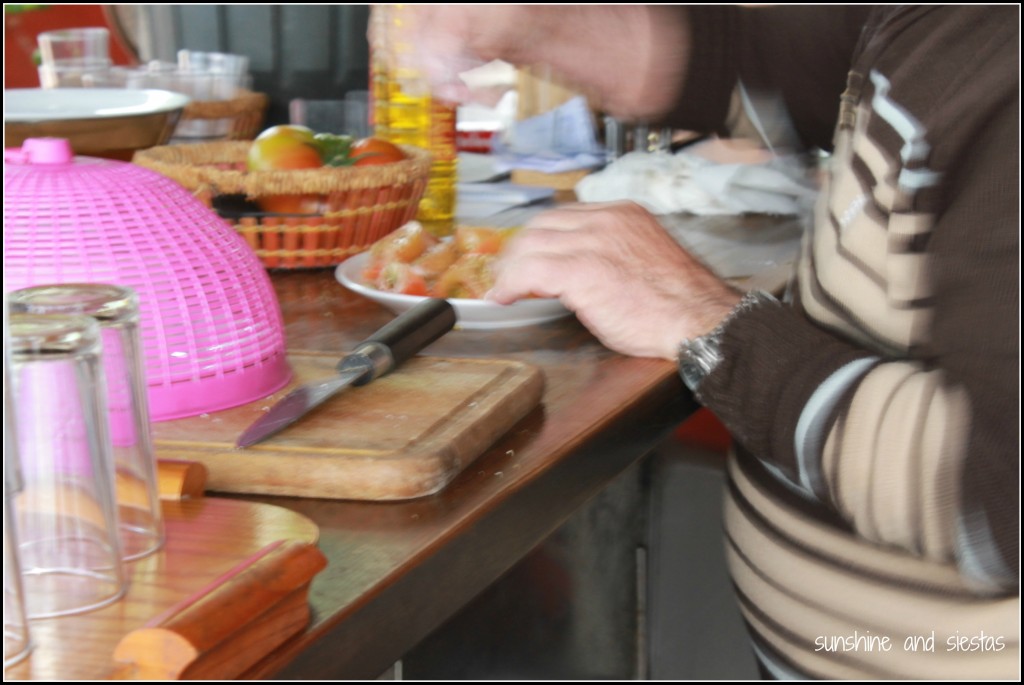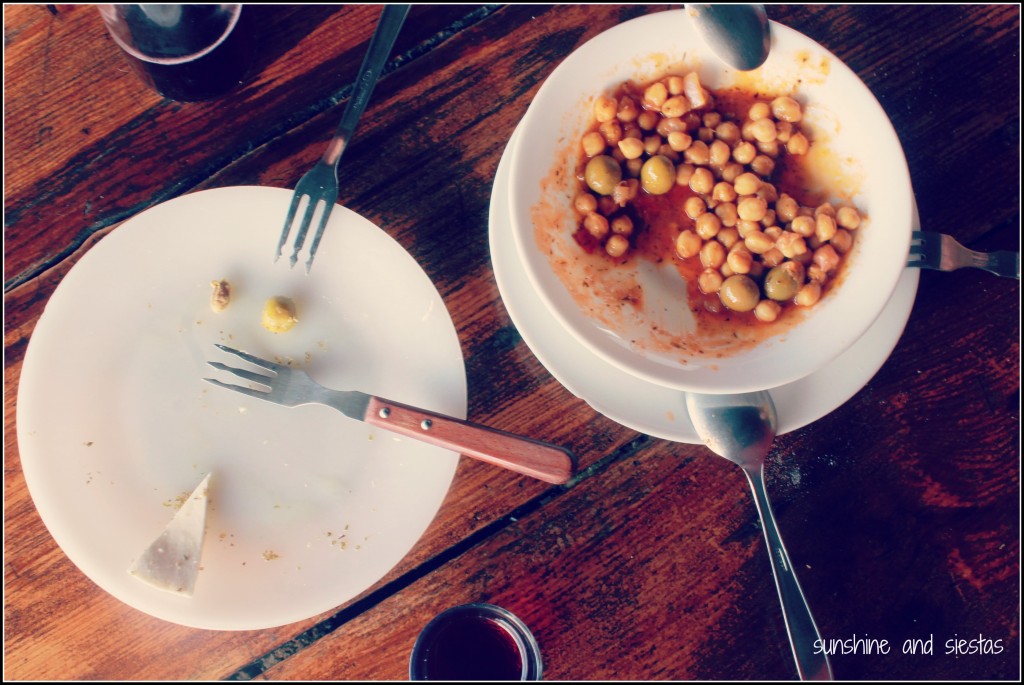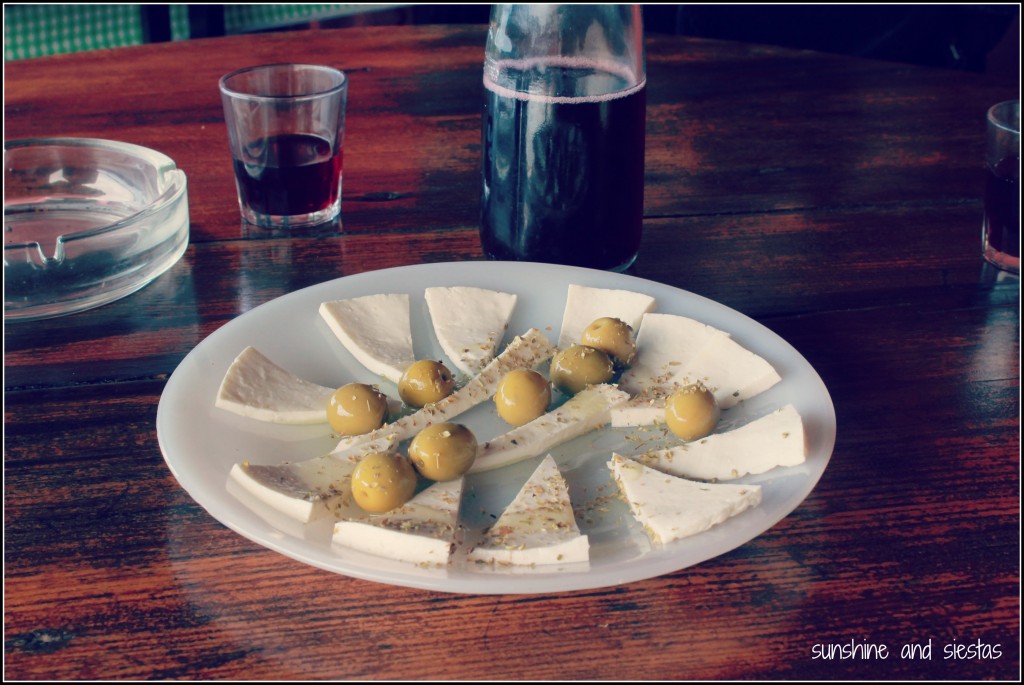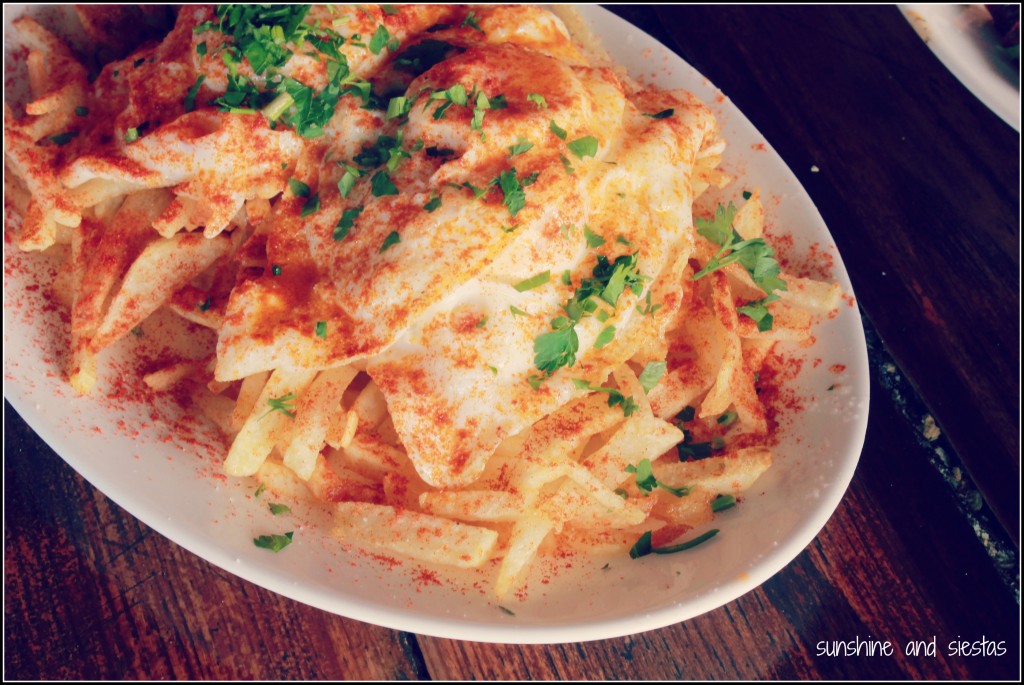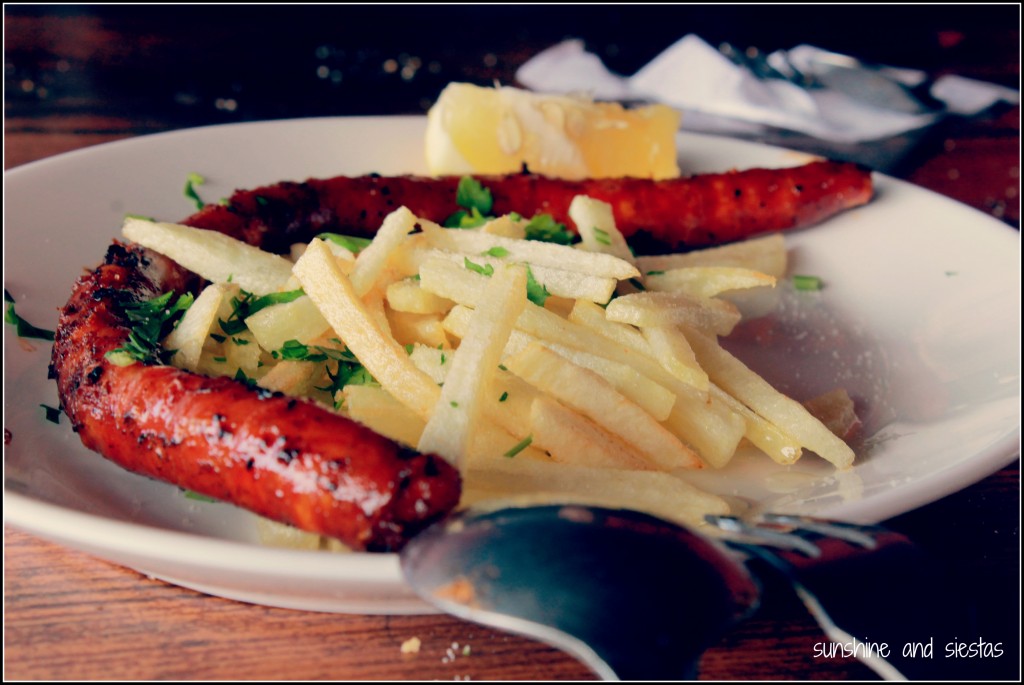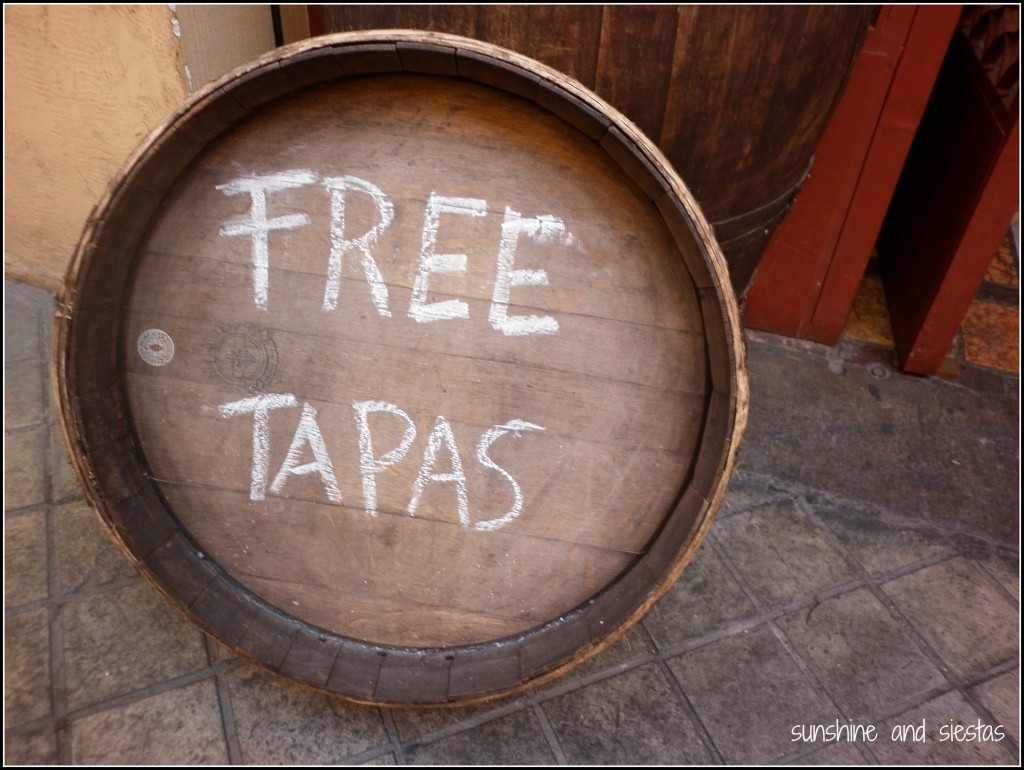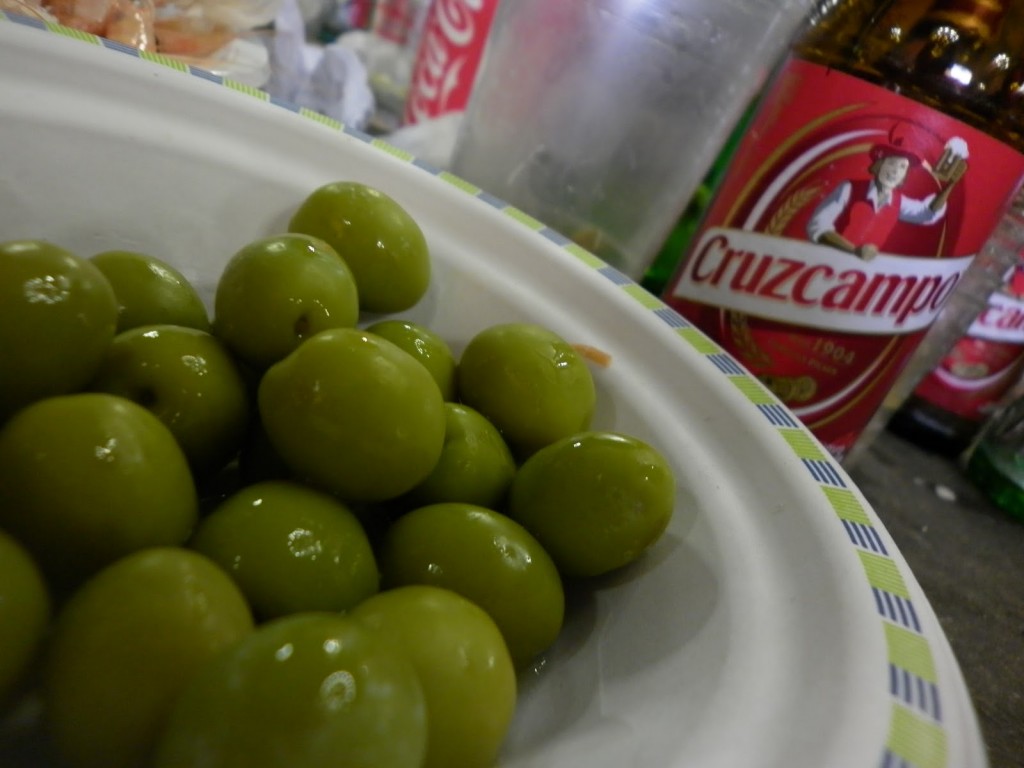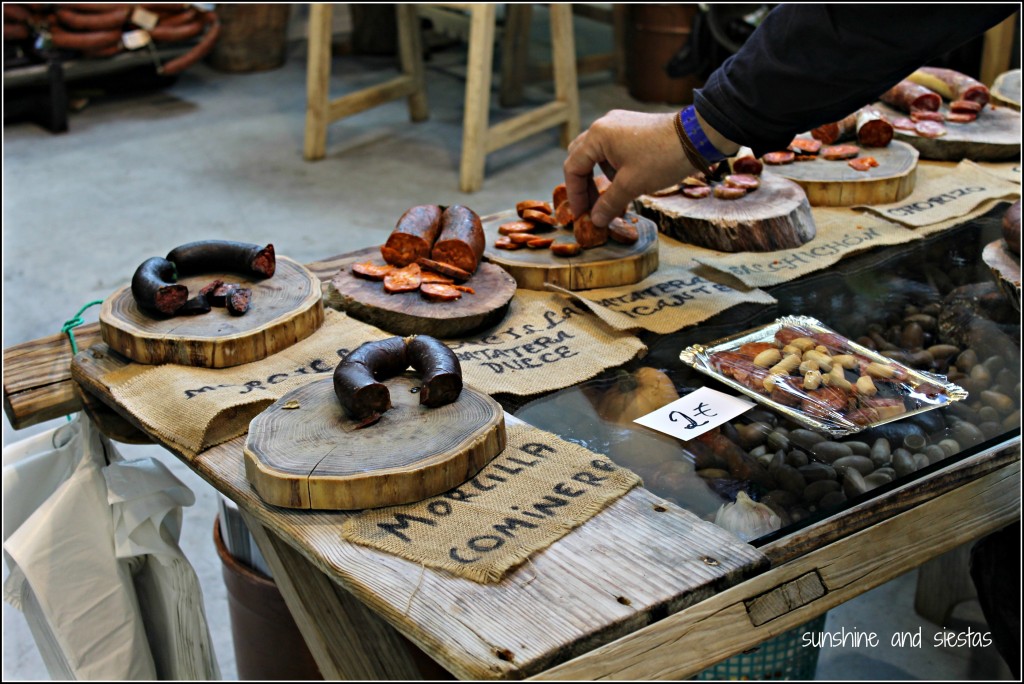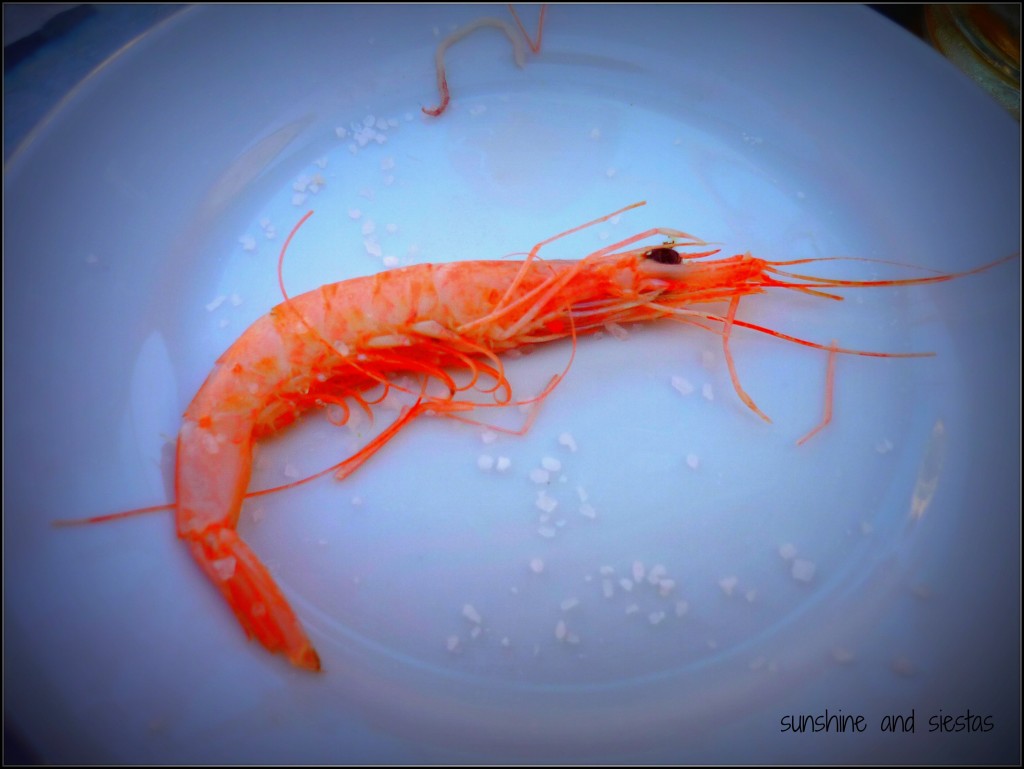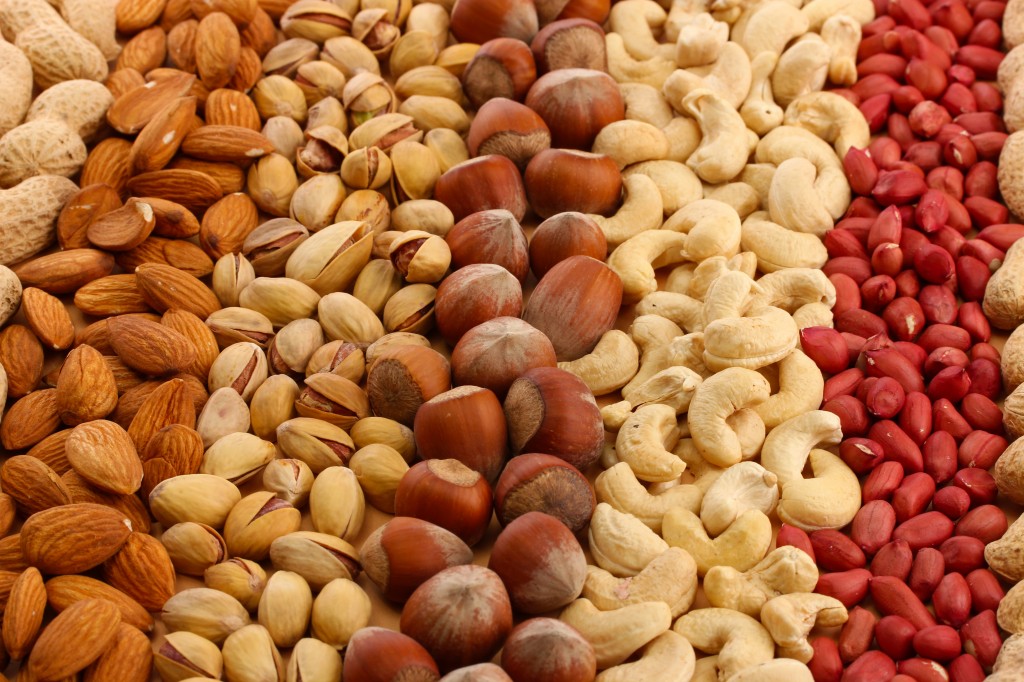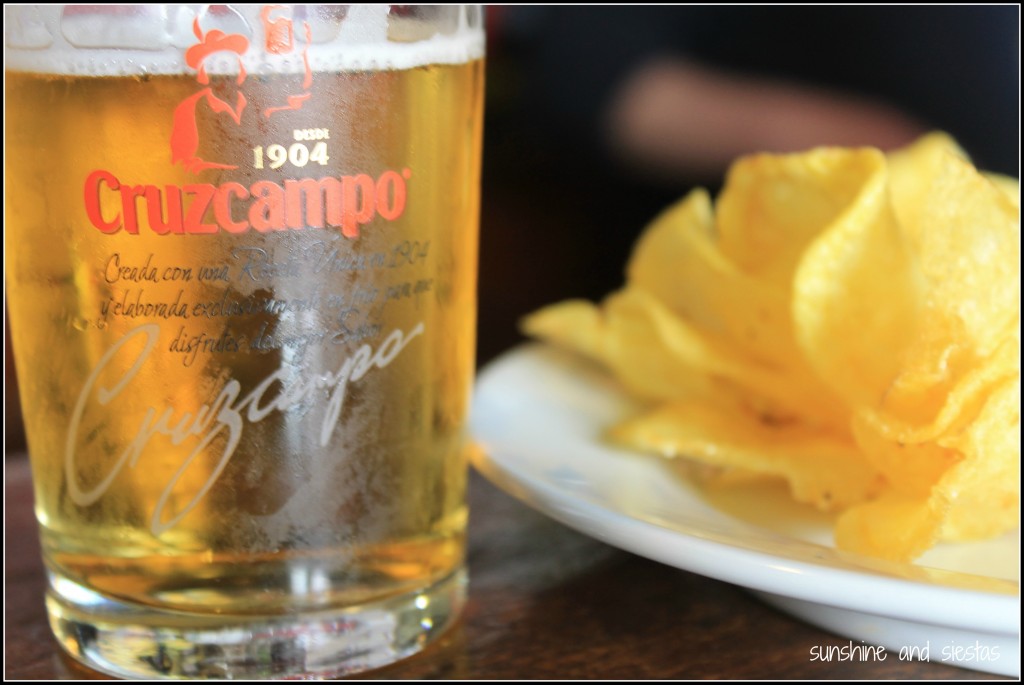My biggest ambition in life is to become a Spanish abuelo. Who wouldn’t want to spend the days leisurely reading a paper in the bar down the street, sucking down a vermouth while looking adorable? I’ve already got the vermouth obsession down, after all.
My first taste of vermouth was actually on a food tour. I didn’t think I’d learn anything I didn’t know about Spanish cuisine, but an early stop at the Mercado de San Miguel’s vermouth bar proved that I had a lot to learn, and a new favorite beverage.
Vermouth is making a comeback hard in Spain, much like G&Ts not so long ago. Pop-up bars called vermuterías, tastings and pairings and even the Adrià brothers of El Bullí fame are spearheading a sort of vermouth renaissance. While this beverage never really disappeared, it’s become the drink of choice for hipsters and for me anytime I’m in Madrid or Barcelona.
On my last trip to the Ciudad Condal, I happened upon a small bottega, or local watering hole, where vermouth was poured from a tap in the wall. No frills, no sky-high price tag, despite being a mere 150 meters from tourist hell. The girl behind the bar filled my glass, shoved a few mussels and a toothpick my way and charged me 1,85€. Other patrons trickled in, drinking the sweet wine by the glass or simply asking the bar keep to fill up old water bottles.
The Novio even came back from the capital with a gift from my soon-to-be familia política recently: a bottle of vermouth with its flavorless soda water.
What it is: Fortified wine has been drunk for more than three millennia, often for medicinal purposes. Its name comes from the German ‘wermut,’ or wormwood,
At its most basic, vermouth is a young fortified wine brewed with aromatic herbs like cardamom and and cinnamon and occasionally its namesake, wormwood. Sweet varieties also contain a fair amount of sugar – around 20% – whereas dry vermouths contain less than 4%.
Goes great with: Vermouths come in sweet and dry varieties, but salty snacks like potato chips, cured meats, olives or mussels in azabeche sauce are tart and will offset the sweetness or bring out the dry flavors. Typically, vermouth is consumed much like fino sherry wine in the South – as a before-meal drink, and most often at the weekend.
Where to find it in Seville: I have yet to find vermouth anywhere but the grocery store, and even then, it’s commercially branded martini mixes. I’ve yet to try smaller specialty shops, though sherry seems to be preferred to vermouth in these parts. You can find it for sale in 2.5 liter jugs at Bodegas Salado in nearby Umbrete for 7,20€.
Are you a vermouth drinker? Any preferred watering holes, whether in Seville or further afield?
